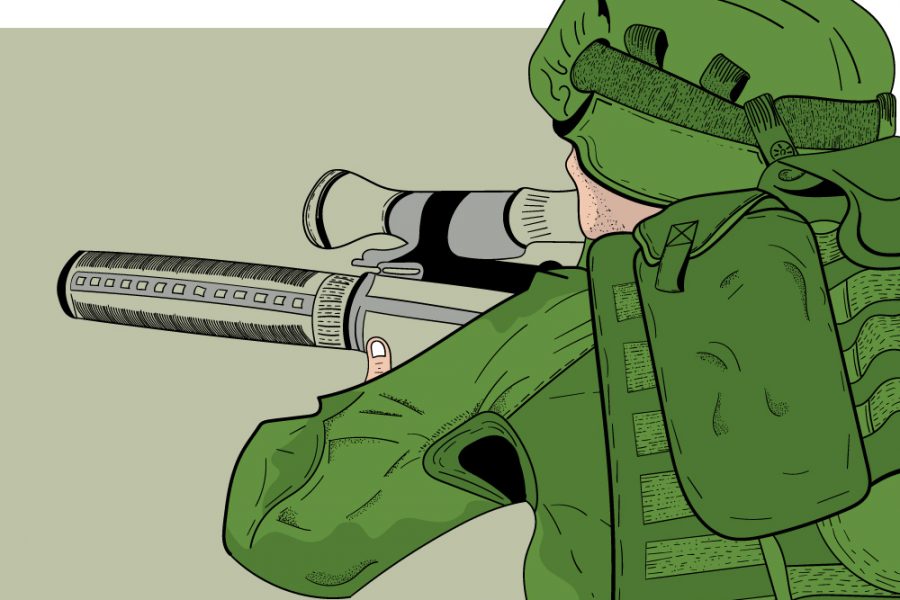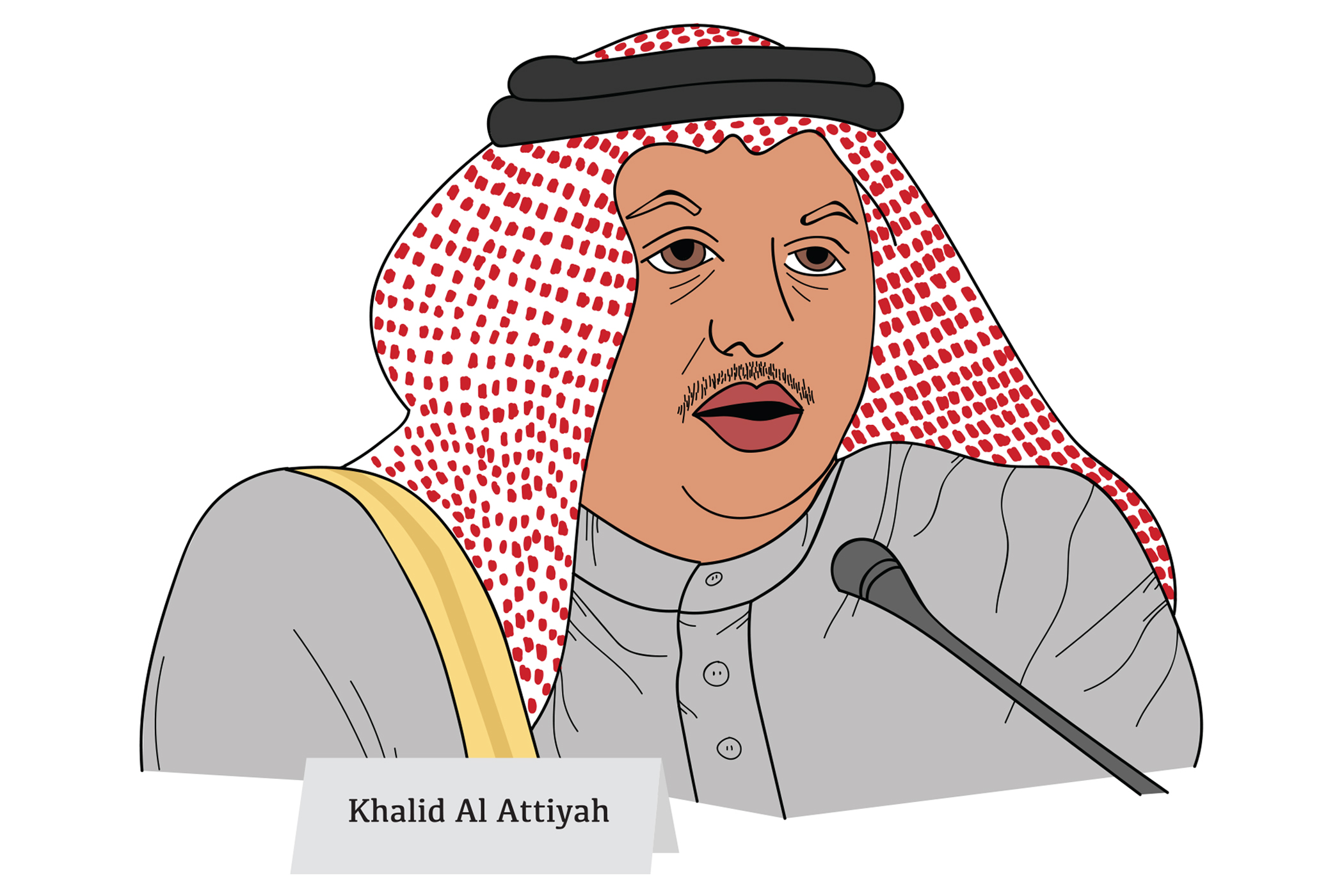President declares a state of emergency
Less than 24 hours after protests in Ecuador began, President Lenín Moreno declared a state of emergency on Oct. 3, 2019.
According to The Guardian, Moreno said the state of emergency was “to ensure citizens’ security and avoid chaos.”
Ecuadorians began protesting on Oct. 3 when a new economic reform package went into effect. The package includes tax reforms, a relaxation of labor protections and the abolition of fuel subsidies, which have been in place for over four decades. Officials argue the removal of the subsidies will allow for improvement in Ecuador’s economy as well as decrease smuggling.
According to The Guardian, Economic Minister Richard Martínez claimed the removal of subsidies will save Ecuador at least $2.27 billion per year.
The removal of these fuel subsidies, however, is the protesters’ central complaint. The removal of the subsidies would cause the price of gasoline to increase from approximately $1.85 per gallon to $2.30 per gallon, according to Deutsche Welle. France 24 reported gasoline prices could increase by as much as 120%.
Taxi, bus and truck drivers mostly pay for their own fuel, and increasing the price of gas will result in decreased income for drivers. These transportation employees were the main organizers of the protest, using their vehicles to blockade main roads while refusing to work.
“It’s an indefinite action until the government overturns the decree on subsidies,” Abel Gómex, a bus transport protest leader, told Reuters. “We’re paralyzing the nation.”
Moreno declared a state of emergency on the same day the protests began. The declaration allows for the suspension of some rights while also giving the military the power to end the protests. The Guardian reported by the end of Oct. 3, at least 19 people were arrested in relation to the demonstrations, including President of the Federation of Taxi Drivers of Ecuador Jorge Calderón. Calderón’s organization is closely tied to the protests’ organization, according to NPR.
“To those who want to impose chaos as a mechanism to achieve something, that time is over,” Moreno said in a statement on Oct. 3, according to The New York Times. “The measures we have taken together are firm. There is no possibility of change.”
In Guayaquil, protesters looted several shops along the main road, while those in Quito threw stones and petrol bombs at authorities. While the main protests were in the capital city of Quito and Ecuador’s port city, Guayaquil, several smaller protests were organized throughout the country. Reuters reported a local opposition mayor led a protest against the financial package in Cuenca, where some protesters fired paintball guns at authorities. NPR reported 28 police officers had been injured by the Oct. 4 throughout Ecuador.
Bus stations were closed due to the lack of employees on Oct. 3, and schools were closed when students and faculty lacked transportation to the institutions. Flights to and from Quito International Airport were delayed or canceled throughout the day because the main road to the airport was blocked by buses, taxis and burning tires, according to The New York Times.
“The lack of transport affects us all, but equally the rise in gasoline prices will affect us,” Cesar Lopez told Al Jazeera as he walked to work.
According to the The New York Times, these are the worst protests Ecuador has seen in several years, and there is currently no sign the demonstrations will end unless the financial package is revoked.






